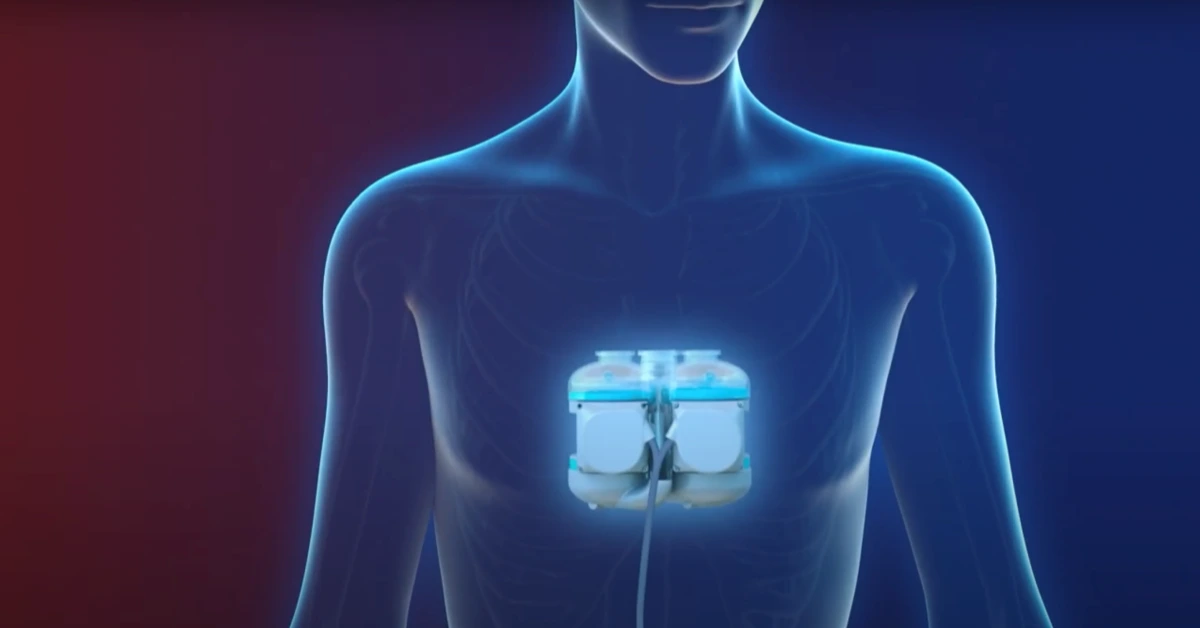
SWEDEN – Swedish medtech company Scandinavian Real Heart AB (Realheart) has received the FDA’s Humanitarian Use Device (HUD) designation for its total artificial heart (TAH) technology.
This designation opens the door for certain U.S. patients with advanced biventricular heart failure to access the Realheart TAH while they wait for a heart transplant.
The FDA grants HUD status to medical devices intended to treat or diagnose rare conditions affecting fewer than 8,000 patients annually in the U.S., especially when patients have limited or no other treatment options.
Companies must provide data and documentation to the FDA, detailing how their device works and why it is essential.
Realheart CEO Laura Perkins expressed her excitement about the milestone, stating, “We are extremely pleased that Realheart TAH has been granted HUD designation by the FDA. It is gratifying to look forward to our efforts culminating in such humanitarian benefit.
We look forward to updating the market on further clinical and regulatory activities and meanwhile continue our preclinical development, which will be important for a potential future full market approval.”
Currently, Realheart is conducting preclinical studies to evaluate the safety and performance of its artificial heart.
These studies are a critical step toward eventual clinical trials involving heart failure patients. If successful, these trials could lead to full FDA approval and additional regulatory clearances.
In November, the company shared encouraging preliminary data from its preclinical research. The findings showed that the Realheart TAH adapted effectively to the body’s needs during both sleep and physical activity.
Perkins highlighted the significance of this achievement, saying, “This is very promising data as it is likely that patients will have a better quality of life if the artificial heart can automatically adapt to the body’s activity level.”
XRP HEALTHCARE L.L.C | License Number: 2312867.01 | Dubai | © Copyright 2025 | All Rights Reserved